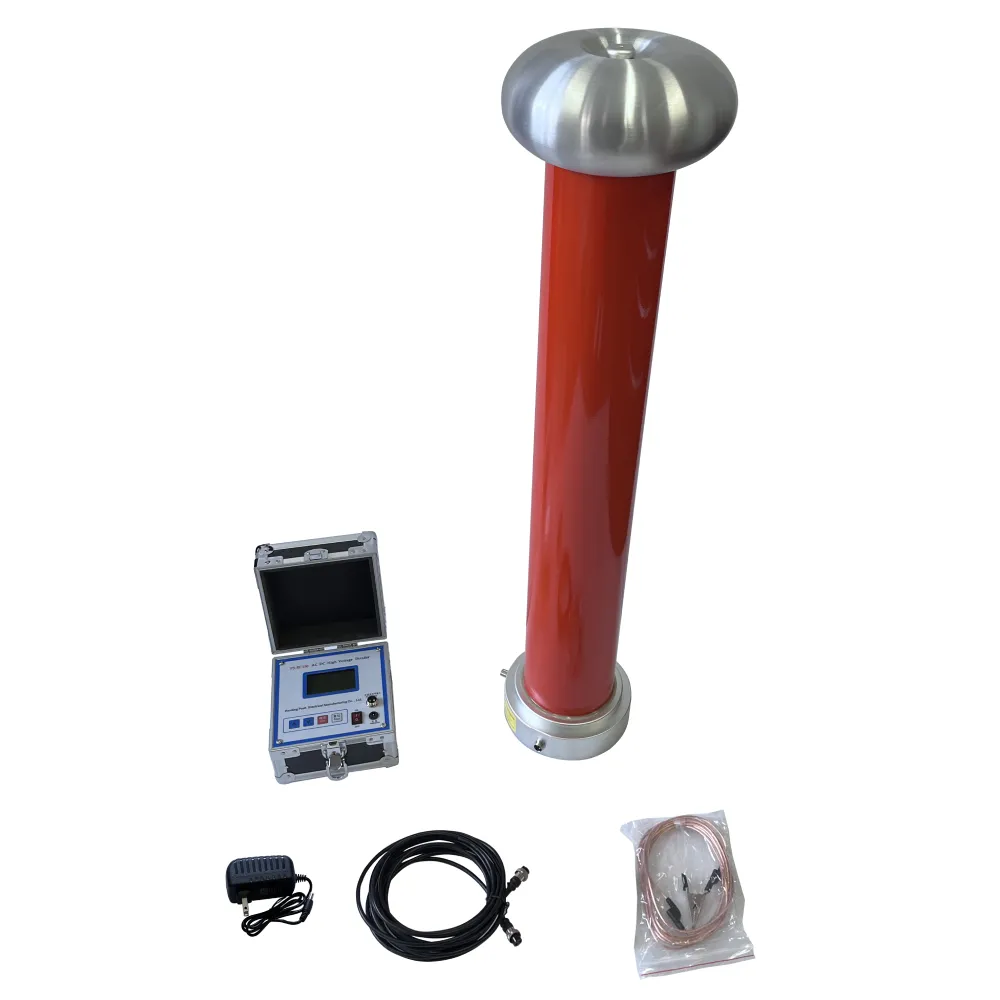 English
English



-
 Afrikaans
Afrikaans -
 Albanian
Albanian -
 Amharic
Amharic -
 Arabic
Arabic -
 Armenian
Armenian -
 Azerbaijani
Azerbaijani -
 Basque
Basque -
 Belarusian
Belarusian -
 Bengali
Bengali -
 Bosnian
Bosnian -
 Bulgarian
Bulgarian -
 Catalan
Catalan -
 Cebuano
Cebuano -
 China
China -
 China (Taiwan)
China (Taiwan) -
 Corsican
Corsican -
 Croatian
Croatian -
 Czech
Czech -
 Danish
Danish -
 Dutch
Dutch -
 English
English -
 Esperanto
Esperanto -
 Estonian
Estonian -
 Finnish
Finnish -
 French
French -
 Frisian
Frisian -
 Galician
Galician -
 Georgian
Georgian -
 German
German -
 Greek
Greek -
 Gujarati
Gujarati -
 Haitian Creole
Haitian Creole -
 hausa
hausa -
 hawaiian
hawaiian -
 Hebrew
Hebrew -
 Hindi
Hindi -
 Miao
Miao -
 Hungarian
Hungarian -
 Icelandic
Icelandic -
 igbo
igbo -
 Indonesian
Indonesian -
 irish
irish -
 Italian
Italian -
 Japanese
Japanese -
 Javanese
Javanese -
 Kannada
Kannada -
 kazakh
kazakh -
 Khmer
Khmer -
 Rwandese
Rwandese -
 Korean
Korean -
 Kurdish
Kurdish -
 Kyrgyz
Kyrgyz -
 Lao
Lao -
 Latin
Latin -
 Latvian
Latvian -
 Lithuanian
Lithuanian -
 Luxembourgish
Luxembourgish -
 Macedonian
Macedonian -
 Malgashi
Malgashi -
 Malay
Malay -
 Malayalam
Malayalam -
 Maltese
Maltese -
 Maori
Maori -
 Marathi
Marathi -
 Mongolian
Mongolian -
 Myanmar
Myanmar -
 Nepali
Nepali -
 Norwegian
Norwegian -
 Norwegian
Norwegian -
 Occitan
Occitan -
 Pashto
Pashto -
 Persian
Persian -
 Polish
Polish -
 Portuguese
Portuguese -
 Punjabi
Punjabi -
 Romanian
Romanian -
 Russian
Russian -
 Samoan
Samoan -
 Scottish Gaelic
Scottish Gaelic -
 Serbian
Serbian -
 Sesotho
Sesotho -
 Shona
Shona -
 Sindhi
Sindhi -
 Sinhala
Sinhala -
 Slovak
Slovak -
 Slovenian
Slovenian -
 Somali
Somali -
 Spanish
Spanish -
 Sundanese
Sundanese -
 Swahili
Swahili -
 Swedish
Swedish -
 Tagalog
Tagalog -
 Tajik
Tajik -
 Tamil
Tamil -
 Tatar
Tatar -
 Telugu
Telugu -
 Thai
Thai -
 Turkish
Turkish -
 Turkmen
Turkmen -
 Ukrainian
Ukrainian -
 Urdu
Urdu -
 Uighur
Uighur -
 Uzbek
Uzbek -
 Vietnamese
Vietnamese -
 Welsh
Welsh -
 Bantu
Bantu -
 Yiddish
Yiddish -
 Yoruba
Yoruba -
 Zulu
Zulu
hipot test standard
Understanding Hipot Test Standards Ensuring Electrical Safety
In today's increasingly electrified world, ensuring the safety and reliability of electrical devices is more critical than ever. One of the key methods used to assess the safety of electrical insulations is the High Potential (Hipot) test. This testing method is governed by various standards that dictate how devices should be tested to prevent electrical hazards, including electric shock and equipment failure.
The Hipot test involves applying a high voltage to the insulation of a device to ensure it can withstand overvoltage conditions without breaking down. The fundamental purpose of this test is to detect any potential weaknesses in the insulation system before a product is marketed or used in the field. Testing is performed between conductive parts and the chassis as well as between multiple conductive parts.
Understanding Hipot Test Standards Ensuring Electrical Safety
The testing process typically comprises two types the Dielectric Strength Test and the Insulation Resistance Test. The Dielectric Strength Test involves applying a specified test voltage for a defined period, usually from a few seconds to a minute. If the insulation withstands this voltage without failure, the device passes the test. On the other hand, the Insulation Resistance Test measures the resistance of the insulation material, ensuring that it resists leakage currents that could harm users or cause malfunction.
hipot test standard

Generally, Hipot testing is categorized into two different phases the routine test and the type test. Routine tests are conducted on each product to verify quality, while type tests are done on sample devices to validate compliance with safety standards. Pass or fail outcomes are crucial in determining whether a product can proceed in the manufacturing process or is safe for consumer use.
To perform a proper Hipot test, one must consider various factors, including the equipment being used, the environmental conditions, and the specific standards applicable to the device. It is also vital to maintain the test equipment, ensure calibration, and regularly train personnel conducting the tests so that they understand the standards and best practices.
While Hipot testing is fundamental for electrical safety, it presents certain challenges. Over-testing can lead to damage to the insulation while under-testing could result in inadequate safety assurances. Balancing these aspects requires detailed knowledge and understanding of the device's intended application and the overall system in which it operates.
In conclusion, Hipot test standards are an essential component in the electrical safety industry. Through rigorous testing protocols defined by international standards, manufacturers can ensure their products provide a safe, reliable experience for end-users. This meticulous attention to safety not only enhances consumer confidence but also protects against potential risks associated with electrical failures. As technology continues to evolve, adherence to Hipot testing standards will remain paramount in safeguarding lives and properties against electrical hazards.
-
Testing Equipment Industry Sees Major Advancements in 2025: Smart & Precision Technologies Lead the WayNewsJun.06,2025
-
Applications of Direct Current Generators in Renewable Energy SystemsNewsJun.05,2025
-
Hipot Tester Calibration and Accuracy GuidelinesNewsJun.05,2025
-
Digital Circuit Breaker Analyzer Features and BenefitsNewsJun.05,2025
-
Benefits of Real-Time Power Quality Monitoring Devices for Industrial EfficiencyNewsJun.05,2025
-
Earth Fault Loop Testing in High-Rise Building Electrical SystemsNewsJun.05,2025



